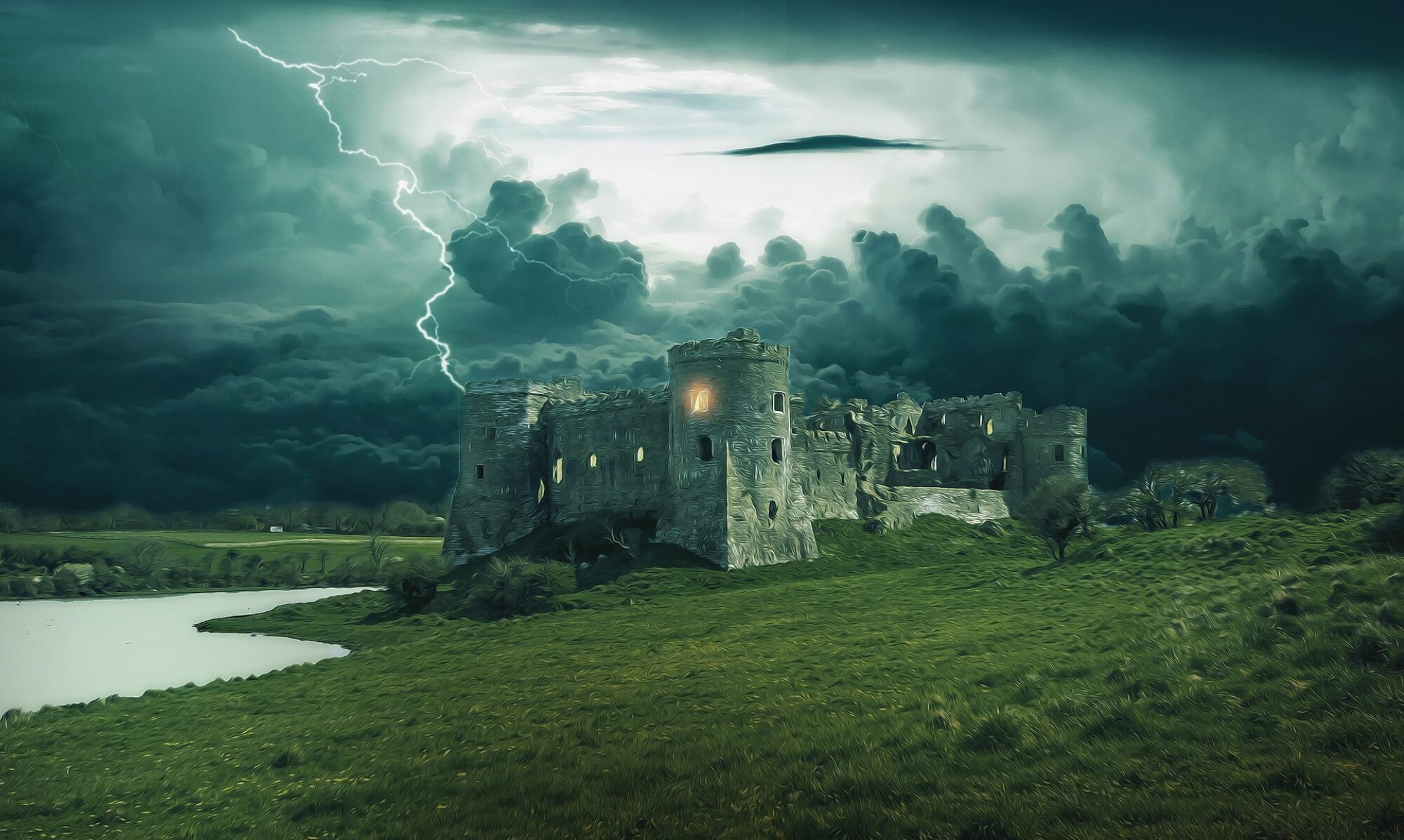The magic of Lothlórien in The Lord of the Rings is a fine example of how the Inklings use the power of vertical speech.
Quoting Max Picard from The Worlds of Silence, Peter Kreeft said that in modern writing, words have lost their vertical static quality:
The architecture of the Hebrew language is vertical. Each word sinks down vertically, column-wise, into the sentence. In language today we have lost the static quality of the ancient tongues. The sentence has become dynamic; every word in every sentence speeds on quickly to the next … each word comes more from the preceding word than from the silence and moves on more to the next word in front of it than to the silence.
In modern writing, words are used primarily as communication tools. People use words to get their message across. This type of speech is message-driven, not meaning-driven.
You look for words just to move the reader along as quickly as possible from one word to the next horizontally. Words are whips to get the reader going.
The Inklings use words vertically, not horizontally.
For them, each word is alive. Each word speaks through a particular sound shape – and needs to be heard.
When you “hear” the word’s speech, the curtain of the world is drawn for a second or two and you see… what the words dimly point to.
The Inklings use words to allure the reader to the silence around the words – not to get the message across. As Treebeard said:
You must understand, young Hobbit, it takes a long time to say anything in Old Entish. And we never say anything unless it is worth taking a long time to say.
To use words vertically means to find words that make the reader spellbound for a second or two. Preferably longer.
The right words are inspired by Mercury himself – they descend from heaven like fire and become “proper names” in the mouth of the herald.
Like a piercing line of poetry, they make you stop breathing the air of the world and plunge into a meditative reverie as you breathe in the fragrance from beyond the walls of the world.
Tolkien’s description of the magic of Lothlórien is a case in point.
How does Tolkien describe Lothlórien?
Just like Tom Bombadil, Lothlórien could easily have been left out of the plot. Linearly speaking, nothing “happened” there except that the fellowship felt the magic of Lothlórien and got some rest.
Technically, the chapter about Lothlórien is just as extraneous as the chapter on Tom Bombadil.
But it’s a fine example of vertical speech that introduces the reader to the perilous realm of Faerie.
The effect of entering the realm of the Lady is such that all the company feels the presence of some inexplicable magic.
For some, it is a delight. For some, it is torment.
Tolkien seems to suggest that the whole land was Galadriel’s mirror – not just the stone mirror itself. As the fellowship walked through the enchanted wood, they saw their secret thoughts and desires revealed as if in a mirror.
Some liked it; some hated it. But they couldn’t hide from it.
They stepped into a land of the Last Judgement unfolding 24/7.
Continue reading “The Magic of Lothlórien – How Tolkien Used Vertical Speech to Allure us into the Silence Around Words”
